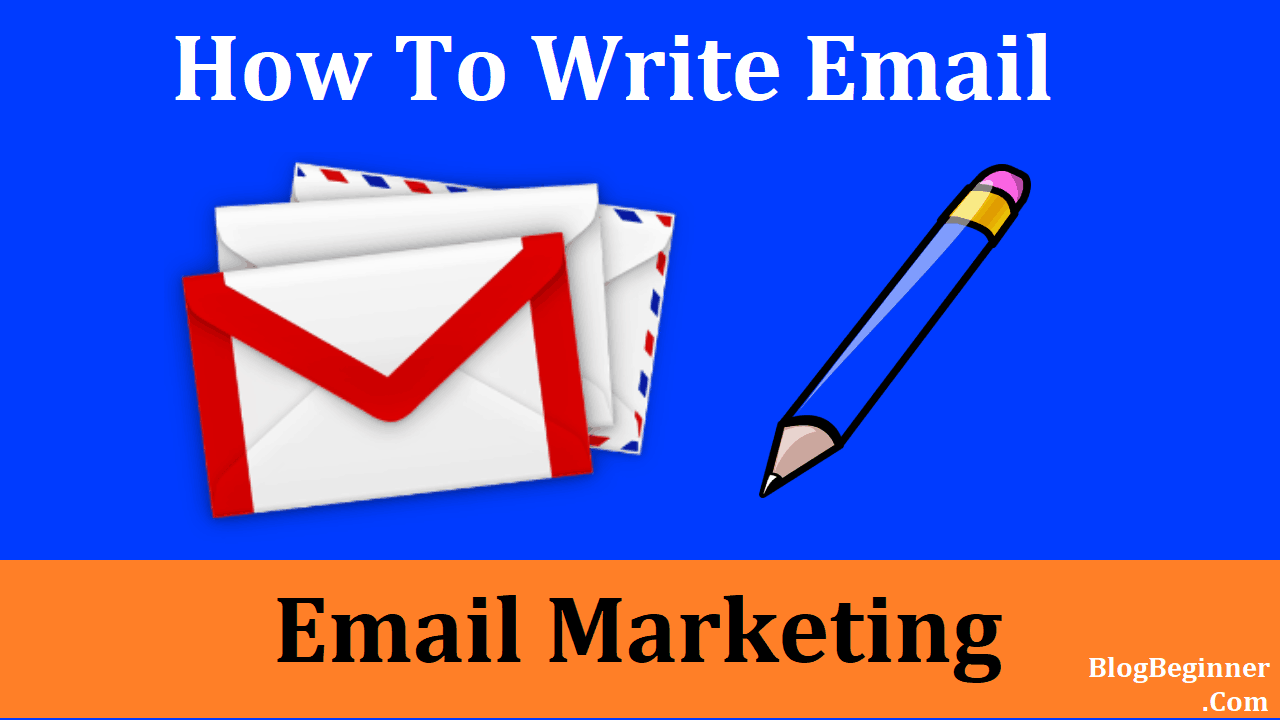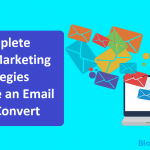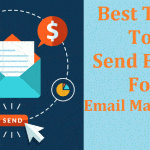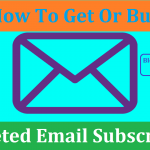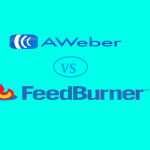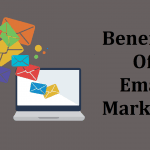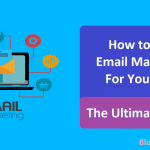Marketers and marketing experts swear by email marketing and several reports by top marketers and digital marketing researchers indicate that email marketing is a top-performing marketing strategy for attracting and converting leads.
Its reported to have the highest ROI and it performs better than the biggest social media platform. The top performance result from the creation of highly personalized and customizable emails, the action-oriented nature of email marketing, and the fact that you can track and tweak different metrics with email.
Taking all these into account, and the low cost of email marketing, you wouldn’t wish to pass on this marketing strategy.
But, before you run into implementing this strategy, there is one problem we should address first – email marketing content creation. To build and expand your brand and to connect with your audience, you have to write those emails professionally.
Whether you are using emails to share newsletters, to sell products, drive traffic to your blog or YouTube channel, lead generation, or lead nurturing, your email should sound convincing. The email’s body should spur action – for example, a subscriber should be impressed enough to forward the email to their network.
As you can imagine, it takes us back to the – content is king cliché. With content being the most important part of any marketing strategy, you have to pay attention to the content creation process. What will make those people in your email subscriber list read your emails and look forward to them instead of directing them to the trash or junk mail folders?
How to write kick-ass emails for email marketing purposes
Contents In Page
Determine the type of content to write and include
Starting any email marketing campaign is difficult. The difficulty stems from not knowing the type of content your audience will best respond to.
Since you cannot wing it and hope your audience is receptive of the content, ask for clues. Surveys are a great place to start. With an existing mailing list, ask your customers about the types of messages they’d like in their inboxes. Even without an email list, you could run surveys on social media. Reaching out to your audience helps you gather ideas. Once you have the ideas, sift through them to determine the ones that make the most sense for your brand’s voice and campaign.
Personalize your content
As mentioned above, the top reason for the effectiveness of email marketing lies in its highly customizable and personalized nature. And for this, your marketing team has to segment your audience.
Highly-segmented emails record a higher performance with high click-through and open rates than generalized emails. Studies by the DMA (Direct Marketing Association) show that highly segmented emails are responsible for up to 58 percent of revenue and 36 percent of the revenue came from targeted emails.
To enjoy similar or higher results, you should think of ways of making your subject lines more personal. Names are not enough – identify the unique needs of your audience, their pain points, and use the subject line to capture that need or pain.
Content is king
As mentioned above, content is a significant part of your email marketing. You have to marry content marketing with email marketing to succeed in these marketing strategies.
With content marketing being the smart use of content for promotion, your content should be useful and interesting. Your content should mirror content created by an expert willing to share their knowledge.
Before you dispatch those emails, ask yourself whether or not the content has any value. If not, rethink your content until you find content that adds value.
Put clarity first
In as much as you wish to generate catchy content, first, focus on the clarity of your emails. Leave no blurred lines in the subject line. You should only proceed to write that whimsical story after your subject line is concise.
Write catchy emails
A big pro tip for writing professional emails is keeping it eye catchy. Even though email marketing cuts across different age groups, including millennials, your emails should be attractive and scannable.
What constitutes catchy emails?
An intriguing title – a subscriber’s decision to click an email is influenced by your choice of title.
An introduction that encourages the recipient to keep reading – if an email’s introduction doesn’t have an interesting preview or a great promise, or if it’s too long, no one will read it, except you.
Subheadings – even though you are not writing a comprehensive article, breaking down your email into sections goes a long way in keeping readers hooked.
Bold text, bullet points, graphic illustrations, and emphasis add value to your section. But, do not use more than two typefaces.
Imagine Yourself as the recipient
Would you read the entire email as the recipient? When you receive an incoherent email, chances are, you will not finish reading it. Besides incoherence, you will not read an email you hardly get the message in the first paragraph.
So, before you hit send, empathize with the recipient. Ask yourself why you are emailing the recipients, the need of the recipient your email fulfills, and whether or not they are the right recipients or not. The answers to these questions will help you write coherent and thoughtful emails.
Maintain Your Voice
When it comes to email marketing, you are using email as your mouthpiece, a way of addressing your readers. Your email should have your brand’s voice. Make it conversational but don’t keep things too professional or stiff.
Use an actionable language
In as much as you want to use email marketing to build and foster positive relationships with your audience, you also need to make sure that your words promote your products and services.
Using actionable language (calls to action) is an effective way to do both. Capitalize on words like download, buy, ask, or other time-sensitive words to sell your products or remind your audience of a sale or new blog post.
Be consistent
The most effective strategy requires the alignment of the subject line copy with your email copy, the same was that your call-to-action copy should align with your landing page offer. Does your email body deliver what the subject line promises?
Finally, you need to establish and maintain relevancy, write in the second person, be brief, and talk about benefits rather than features. And, don’t spam.
